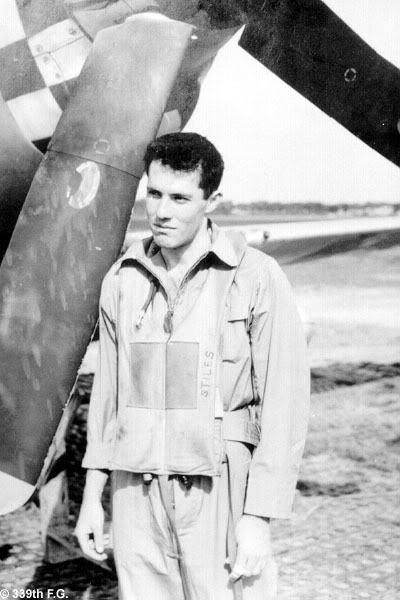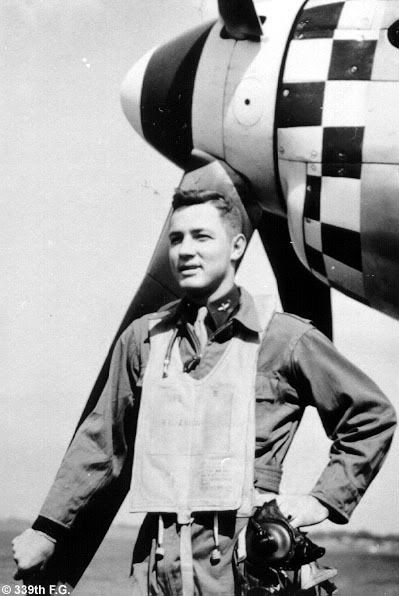Found a film done by Steve Ananian that he shot on 16mm movie film around the base of the 339th fighter group at Fowlmere , England. Gives a rare glimpse of daily life at the base with some film shot from the airplane as well.
You can find it here: http://www.rareaviation.com/store/cart.php?target=category&category_id=926 Along with lots of other rare films. Good footage of jackets and uniforms too. Same FG my Uncle was in but different squadron's. Here;s a pic of my uncles P-51.

You can find it here: http://www.rareaviation.com/store/cart.php?target=category&category_id=926 Along with lots of other rare films. Good footage of jackets and uniforms too. Same FG my Uncle was in but different squadron's. Here;s a pic of my uncles P-51.









